From November 10 to 14 in Ho Chi Minh City, Room to Read Vietnam in collaboration with Clovernook Center (USA) organized a workshop on "Technical guidance and experience sharing in producing Braille books".
The event was attended by representatives of the Ministry of Education and Training , international experts in Braille book production from the Clovernook Center, the National Library of the Philippines, and representatives of organizations and schools working in the field of supporting children with visual disabilities in Vietnam.
In her opening remarks, Ms. Nguyen Dieu Nuong, Country Director of Room to Read Vietnam, said that currently, it is estimated that Vietnam has nearly 2 million blind and visually impaired people, of which about 16,000 - 23,000 are children. However, less than 1% of books in Vietnam are converted into accessible formats, such as Braille books, audiobooks or tactile materials.
This means that tens of thousands of children still do not have the opportunity to get their hands on age-appropriate stories, books that can nurture their imagination, the joy of reading and the desire to learn. This is a similar situation that is happening in many countries around the world , causing increasingly deep disadvantages for children with visual disabilities.
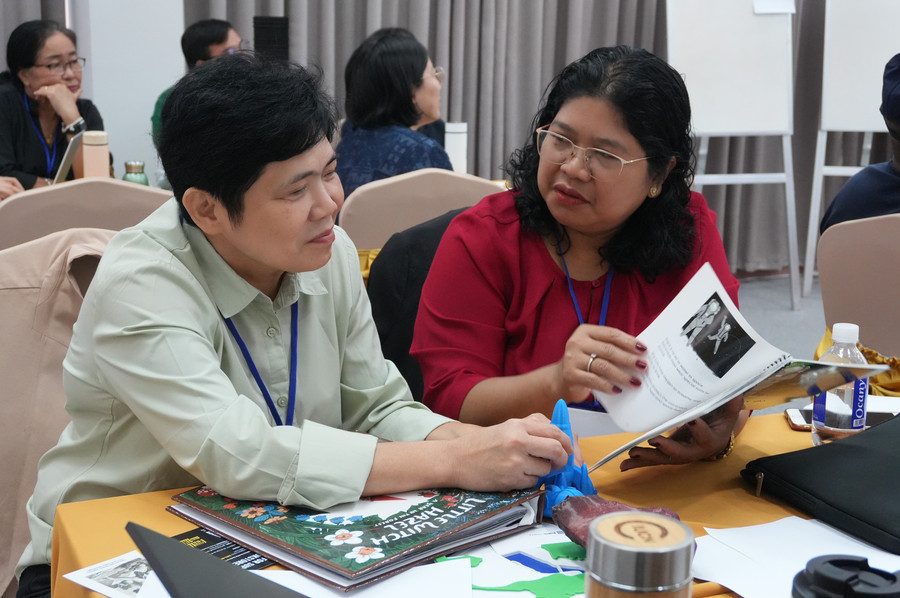
"With a commitment to promoting comprehensive, equitable and inclusive education , Room to Read wants to help children with visual disabilities have equal access to quality books and materials. Through cooperation with Clovernook and the Lavelle Fund for the Blind, we hope to gradually build the capacity to produce Braille books in Vietnam and expand to the region," said Ms. Nuong.
Over 5 days, students are guided by Clovernook experts through the entire process of producing Braille documents, from editing, converting content to Braille format to operating the Braille printer, 3D printing and complete bookbinding.
This is not only a program of guidance and technical transfer, but also an opportunity to create new capacity for the Vietnamese publishing industry, aiming for a comprehensive and inclusive publishing ecosystem where every child can enjoy the joy and benefits of reading and become independent readers.
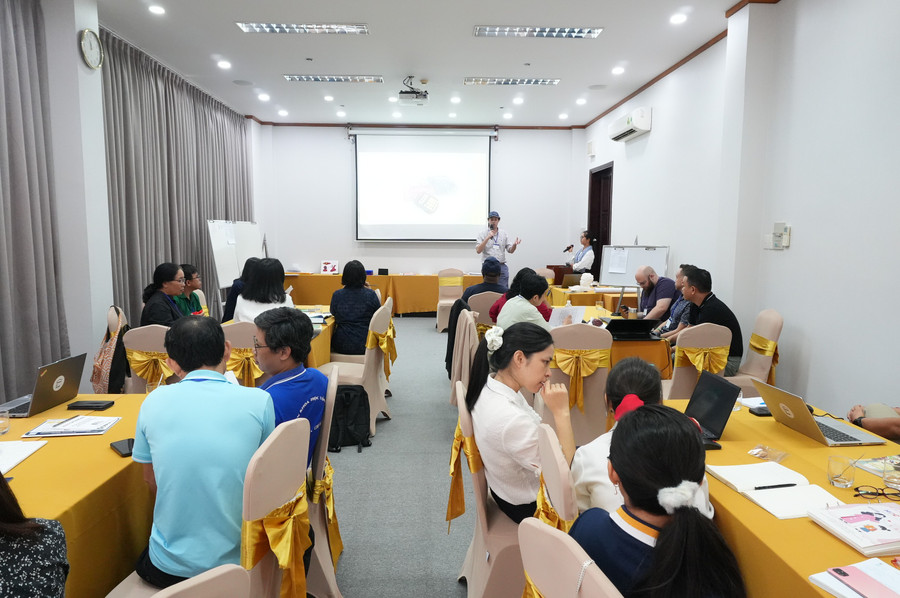
These hands-on hours become valuable opportunities for librarians, teachers and technical specialists to grasp new technology and be ready to apply it in practice to support visually impaired students.
The workshop also opened up a creative approach in publishing, combining Braille with tactile 3D models, helping visually impaired children feel the shape of characters and objects in the story with their hands.
The project "Expanding Access to Quality Children's Storybooks" initiated by Room to Read is expected to create a turning point - helping visually impaired children no longer be left behind on their learning and reading journey.
Hands touching knowledge, joy of the blind
On the practical day of November 13, the classroom atmosphere was more lively than usual. Students operated the embossing machine, tried designing 3D models, embossing the book cover and completing the binding.
Each embossed page is the result of effort, a hope for special books to reach blind children in Vietnam.
Mr. Nguyen Cao Hoang (39 years old), a blind person, currently working at the Ho Chi Minh City General Science Library, participated in the training course with many new experiences.
"I learned about the program through the long-term cooperation between the library and Room to Read. The program has been running for a few days, and I feel like I've learned a lot of new things. Especially the 3D printing part - our library didn't have access to this area before. Thanks to the course, I learned a lot of useful software and websites to support the production of Braille documents," he said.
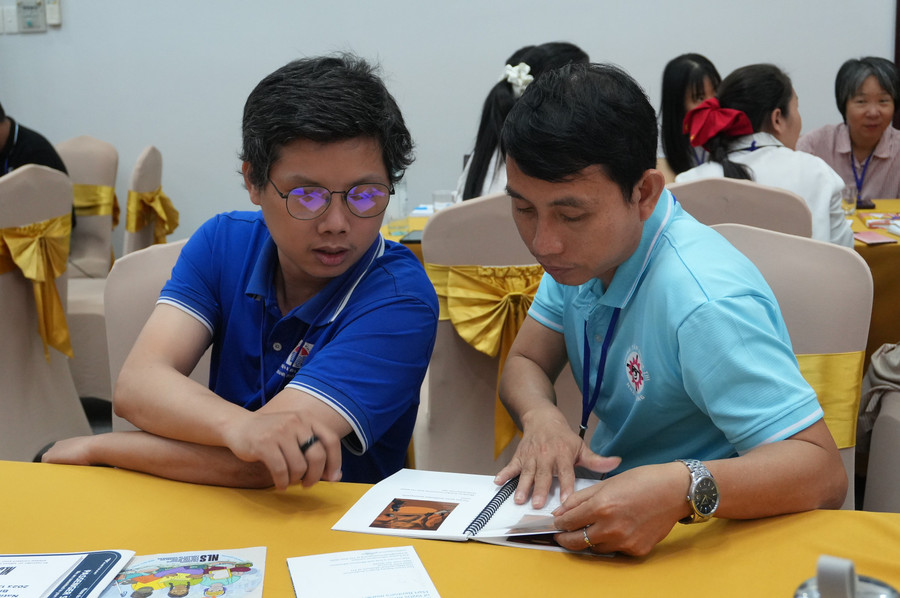
As someone with many years of experience producing Braille books for the visually impaired, Mr. Hoang believes that the biggest difference of this training course is the combination of practice - technology - creativity.
Through the practical part, Mr. Hoang shared that having access to Braille printing equipment and 3D printing technology helped him better understand the process of creating learning materials for the visually impaired. According to him, this new knowledge will help the library have more conditions to develop accessible materials for visually impaired readers in the future.
For librarians, understanding and mastering stereolithography and 3D printing technology is not only a new skill but also opens up a sustainable direction for developing accessible learning resources for the visually impaired community.
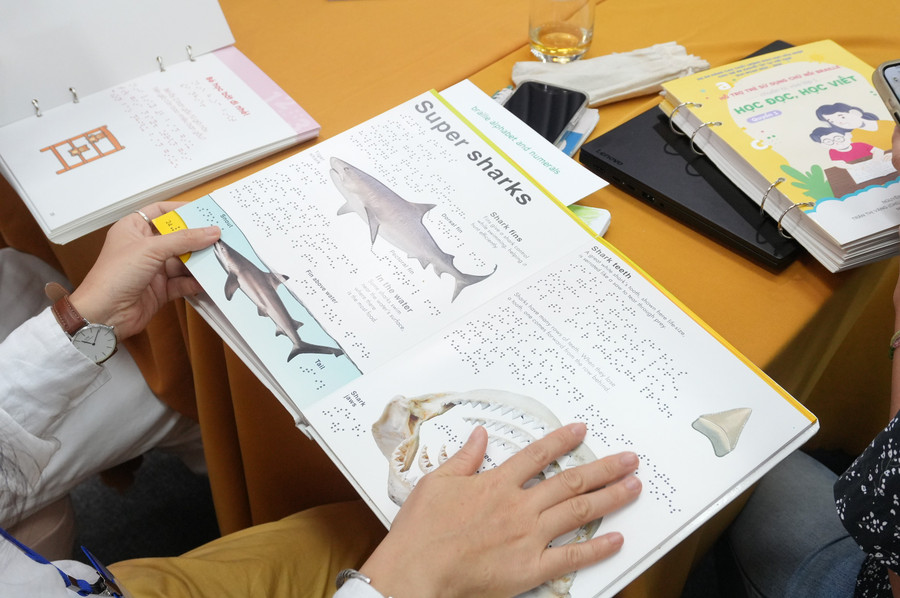
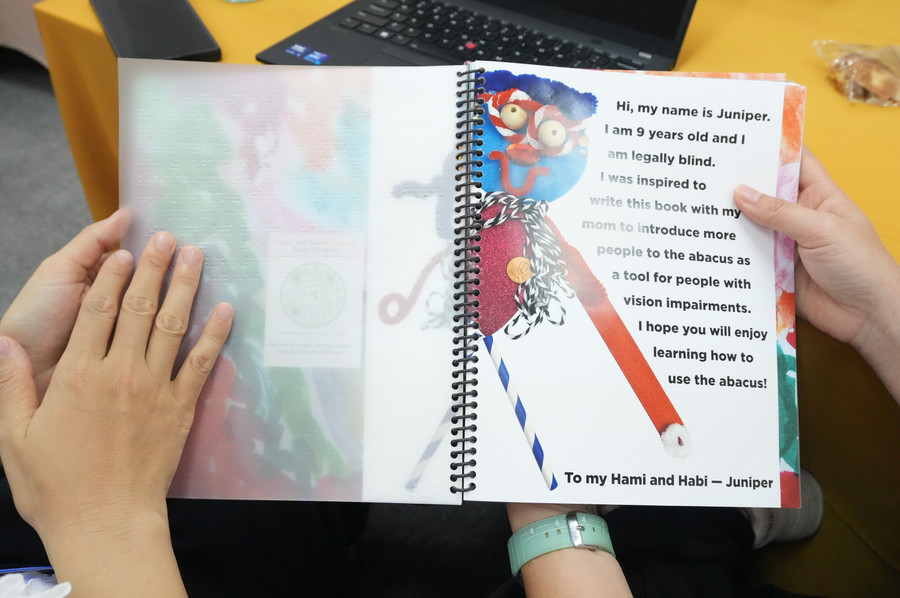
Mr. Hoang plans to apply the techniques he has learned to produce Braille materials for children, thereby creating a more friendly and equal reading space for all audiences.
“Each Braille book page and each 3D model created from this project will not only be a learning material, but also a door opening to the wide world for thousands of visually impaired children,” Ms. Nguyen Dieu Nuong affirmed in the conclusion.
Room to Read is an international non-governmental organization working in education in more than 50 countries, aiming to build a world where every child has the opportunity to read, learn and develop life skills.
In Vietnam, since 2001, the organization has supported more than 3.1 million children, including providing education for 8,227 girls in disadvantaged areas, establishing 4,265 friendly primary school libraries, publishing 250 picture books, and has been recognized by the Ministry of Education and Training as a partner actively contributing to inclusive education and gender equality.
Source: https://giaoducthoidai.vn/mo-canh-cua-tri-thuc-bang-chu-noi-va-in-3d-post756480.html




![[Photo] Deep sea sand deposits, ancient wooden ship An Bang faces the risk of being buried again](https://vphoto.vietnam.vn/thumb/1200x675/vietnam/resource/IMAGE/2025/11/13/1763033175715_ndo_br_thuyen-1-jpg.webp)



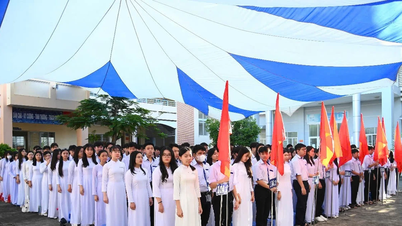
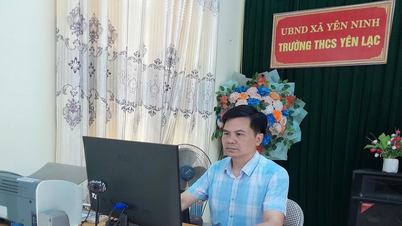



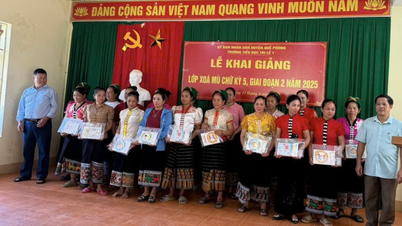

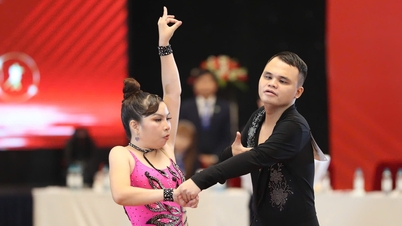

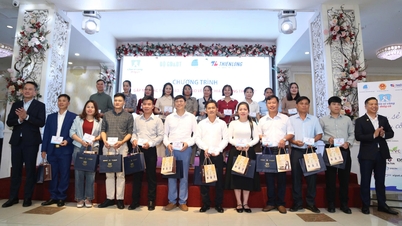


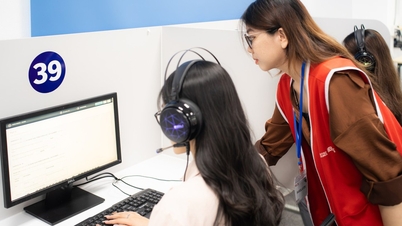










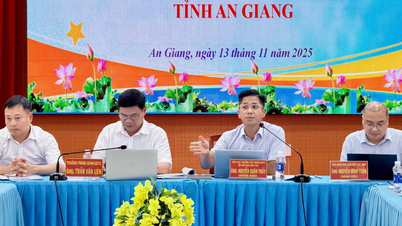



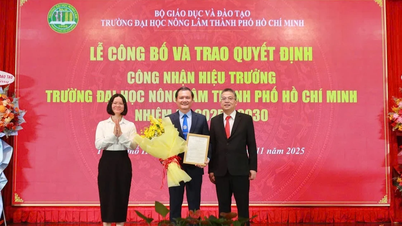



































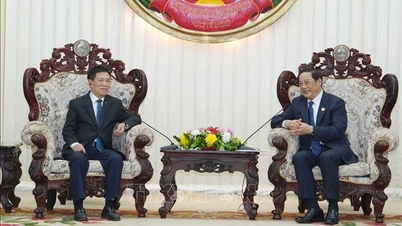









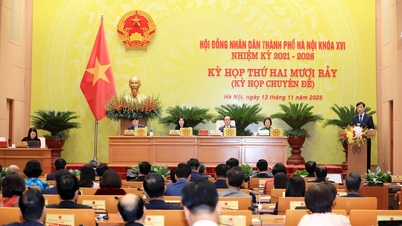



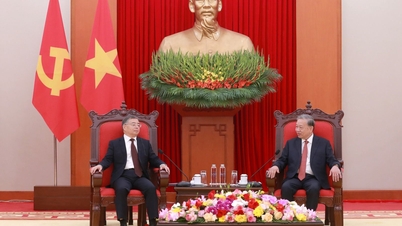


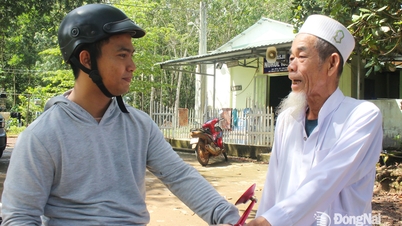


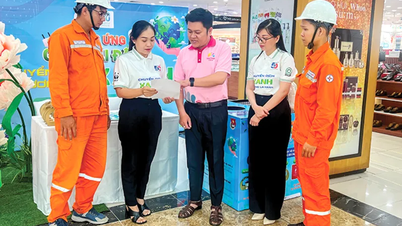







![Dong Nai OCOP transition: [Article 3] Linking tourism with OCOP product consumption](https://vphoto.vietnam.vn/thumb/402x226/vietnam/resource/IMAGE/2025/11/10/1762739199309_1324-2740-7_n-162543_981.jpeg)







Comment (0)